MATH SYMBOLS
Subscribe to our ▶️ YouTube channel 🔴 for the latest videos, updates, and tips.
To do various operations in Math, symbols can be used. The most advantage of using symbols in math is to make a lengthy verbal phrase in simple manner. For example, the verbal phrase "addition of a and b" can be written using the symbol '+' as given below.
a + b
In this way, we can write many different operations can be written in a simple manner using symbols.
More Examples :
4 is decreased by y : 4 - y
5 times y added to 3 times x : 3x + 4y
x divided 7 times y : 4 ÷ 7y
Common Math Symbols
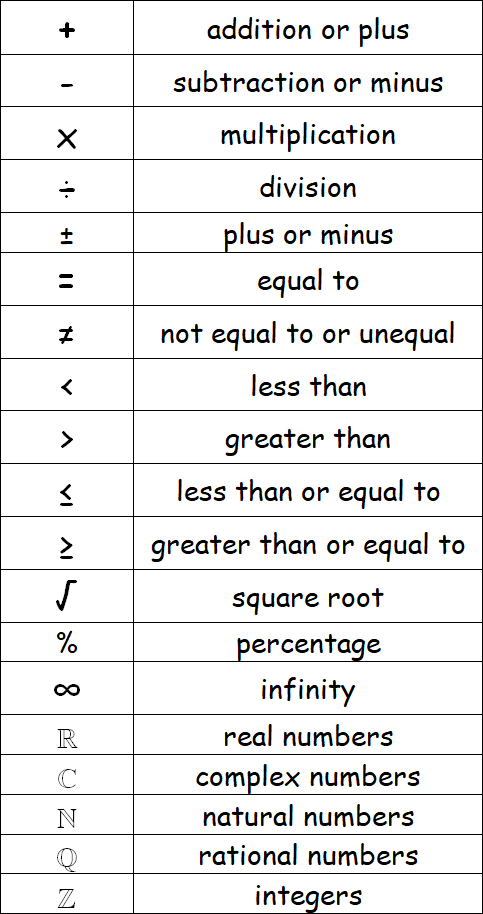
Set Theory Symbols
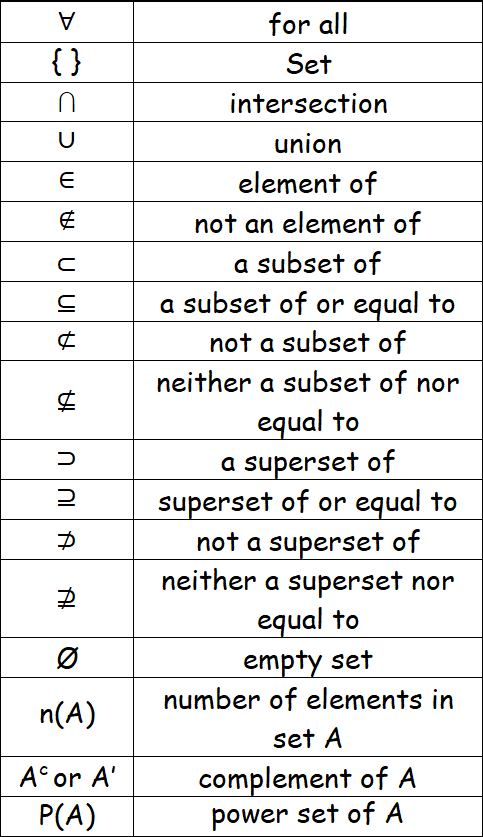
Geometry Symbols
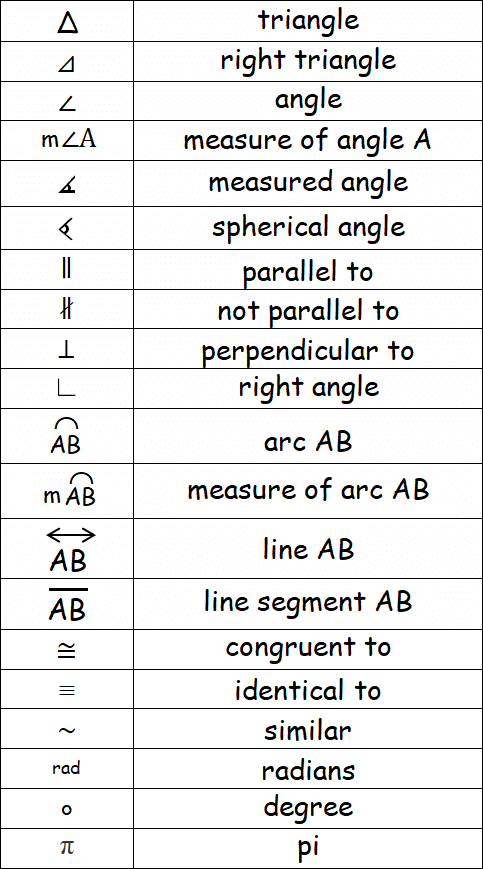
Statistics Symbols
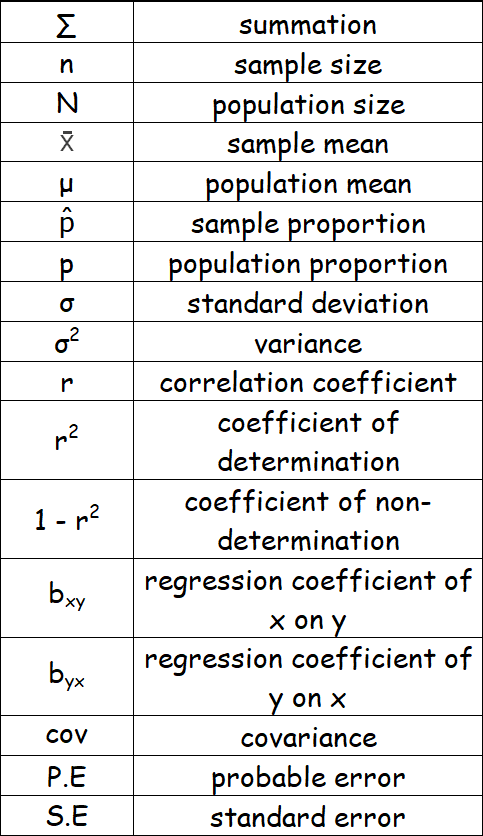
Calculus Symbols
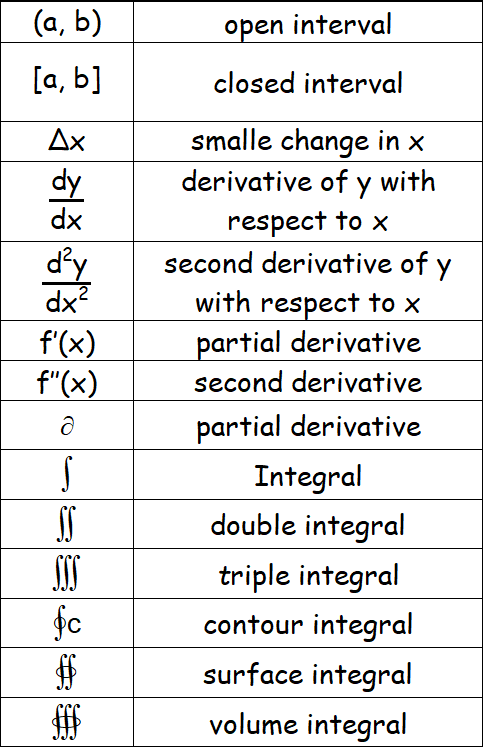
Subscribe to our ▶️ YouTube channel 🔴 for the latest videos, updates, and tips.
Kindly mail your feedback to v4formath@gmail.com
We always appreciate your feedback.
About Us | Contact Us | Privacy Policy
©All rights reserved. onlinemath4all.com

Recent Articles
-
10 Hard SAT Math Questions (Part - 40)
Dec 25, 25 08:30 AM
10 Hard SAT Math Questions (Part - 40) -
10 Hard SAT Math Questions (Part - 41)
Dec 24, 25 07:58 PM
10 Hard SAT Math Questions (Part - 41) -
ASTC Formula in Trigonometry
Dec 23, 25 11:34 PM
ASTC Formula in Trigonometry - Concepts - Examples and Solved Problems


